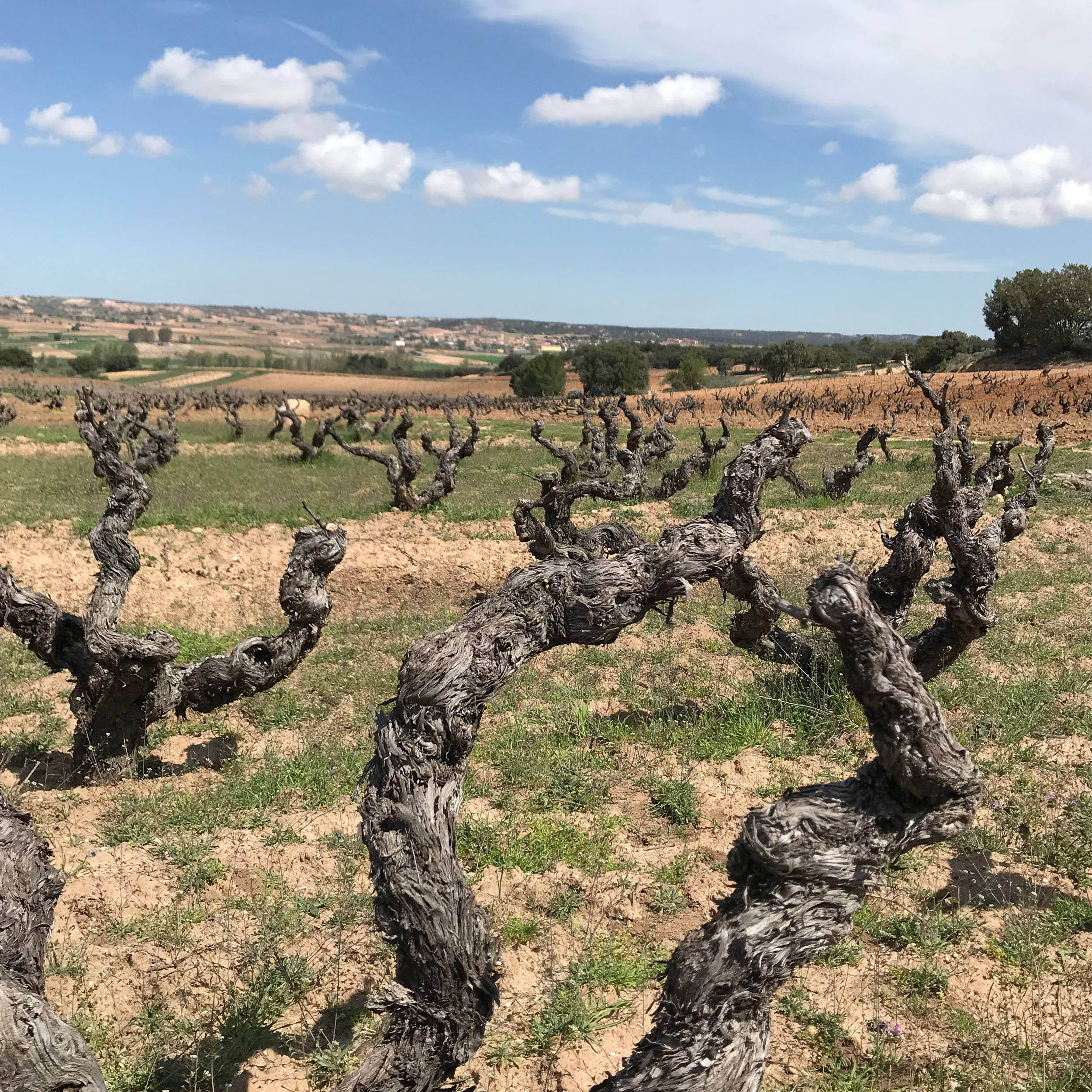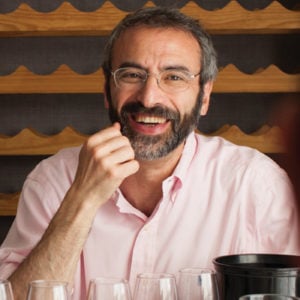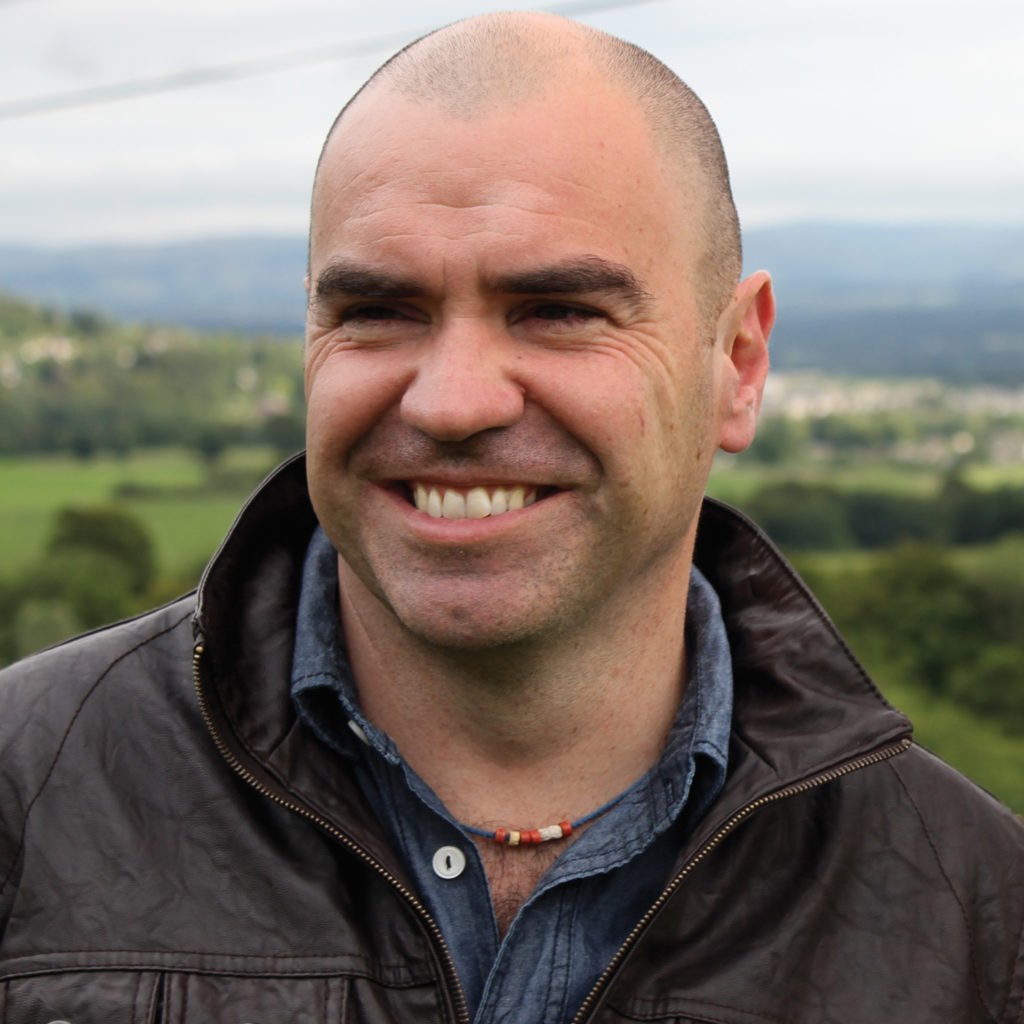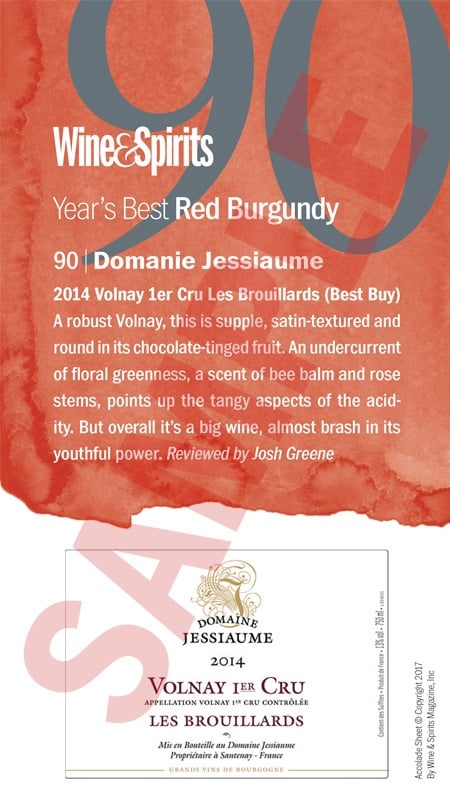On the so-called milla de oro (golden mile) of Ribera del Duero, along the Ruta Nacional 122 between Peñafiel and Quintanilla de Onésimo, you’ll find some of the region’s most important names: Vega Sicilia, Arzuaga, Matarromera, Alión and others that are directly responsible for the fame of Ribera.
La…
To read this article and more,
subscribe now.
To continue reading without interruption, subscribe and get unlimited digital access to our web content and wine search.
This story appears in the print issue
of August 2018.
Like what you read? Subscribe
today.
















